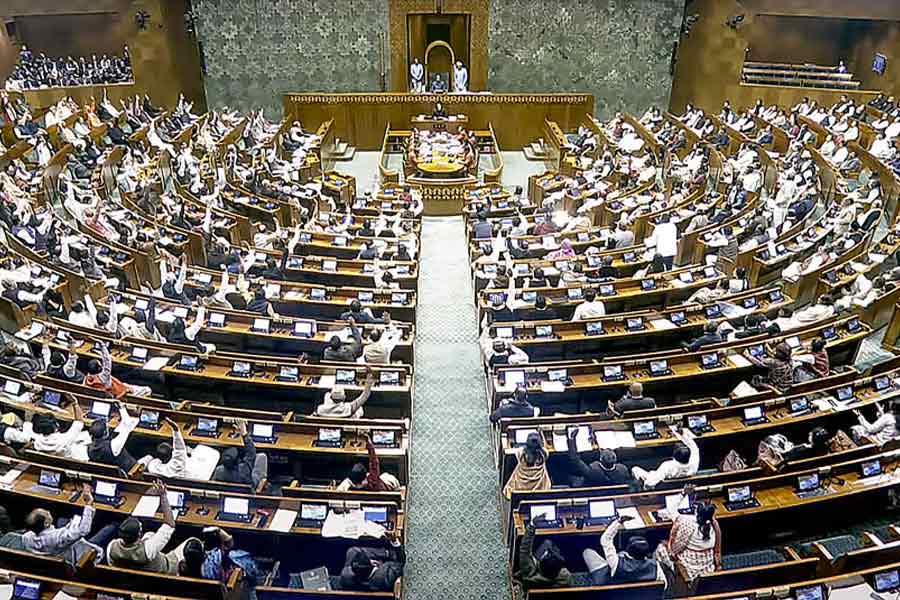Is India’s youthful population truly reflected in its halls of power? Over 65% of Indian citizens are under the age of 35. Despite this demographic advantage, the political representation of India’s youth remains low; this is a missed opportunity to harness India’s demographic dividend in its decision-making.
In the 18th Lok Sabha, only 10.68% of MPs are between the ages of 25-40 even though this group comprise 25.76% of the total population. This marks a striking difference from the 1950s when youth representation was closer to 30% even though they comprised 22% of the total population. The average age of the current Lok Sabha is around 57 years, the average age of Union cabinet ministers is approximately 60 years, and 76% of ministers are between 51-80 years. This age gap often leads to policies failing to resonate with the younger generation’s needs and aspirations.
Indian society equates political experience with age, reinforcing the notion that younger candidates lack leadership qualifications and maturity to make decisions. Meanwhile, older candidates with longer track records are considered safer in a risk-averse electoral system. Established networks and economic power often dominate the Indian political landscape. In each electoral cycle, approximately 60% to 80% of sitting MPs contest elections again, reducing the opportunities for fresh faces. From the first general election to the current Lok Sabha, one veteran MP from West Bengal was elected for 11 terms. Three members have each served 10 terms; 9 members have served 9 terms, 23 have served 8 terms, 44 have served 7 terms, 72 have served 6 terms, 158 have served 5 terms, and 306 members have completed 4 terms, as indicated in the report maintained till the 17th Lok Sabha by the Parliament Digital Library.
Despite barriers to formal roles, Indian youth are engaged in grassroots politics. They attend rallies, canvass door-to-door, and cheer for leaders. Social media is another platform that allows the youth to discuss political issues and express their support, thereby amplifying their causes. While most parties have youth and student wings, transitioning to higher levels of influence, such as parliamentary seats or key party positions, rarely includes youth leaders. Thus, while India’s youth is visible in supporting and mobilising for political causes, they seldom hold decision-making power.
The distribution of electoral tickets and candidate selection often involves complex calculations. Political parties frequently assess a constituency's demographic composition, prioritising candidates from dominant castes or religions to maximise electoral success. While strategically beneficial, this approach often sidelines promising young candidates lacking societal connections or financial backing. Even when youth leaders run as independent candidates, their odds of success are slim due to limited political reach and the rising cost of election campaigns.
An ageing Parliament can inadvertently deepen the disconnect between policymakers and the younger demographic. Youth-oriented issues, such as employment, climate action, digital privacy, sustainability, and affordable education, are frequently ignored in legislative discussions. Addressing this imbalance requires policy changes and a shift in cultural attitudes. Firstly, the candidacy age requirements to run for election should be lowered to match the voting age closely. India could consider reducing the former from 25 to 21, allowing more young voices into the electoral pool. Youth quotas within parties could also be introduced while mentorship programmes would help prepare young leaders for legislative roles.
India’s young population is a demographic asset that could transform governance.











